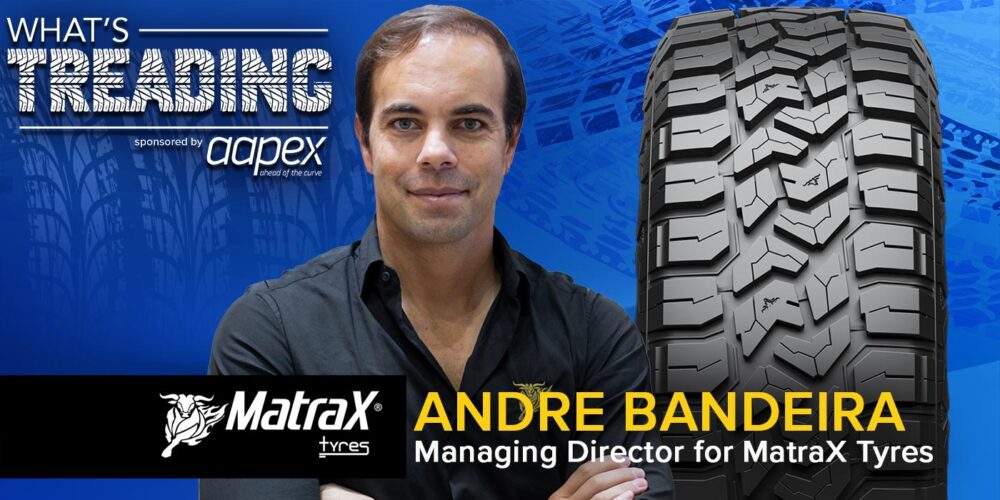In the shop or among friends, you might have overheard someone saying they’ve had to replace a tire after someone blew the bead. You also might have heard of someone tearing the bead when trying to install tires.
In this Tire Review Continental Tire Garage Studio video, we go over precautions you can take to avoid damaging the bead, and in turn, damaging a tire.
A tire bead is a metal band that sits in the inner lip of the tire that comes in contact with the rim. It’s responsible for creating and maintaining a seal between the wheel and tire for it to hold air.
One of the most common ways a technician might inadvertently damage the tire bead is by not using enough lubrication on the bead when mounting or dismounting tires.
Bead damage can also be caused by someone driving on underinflated tires. This can lead the bead to slip, which damages not only the bead but also the potential to harm the entire wheel assembly. Bead damage can also occur from the tire rubbing against curbs or traversing off-road obstacles.
Bead damage can be avoidable with proper tire service. This starts with regularly rotating, balancing and aligning your customer’s tires and continues with the customer maintaining proper air pressure in their tires. In addition, shops can avoid bead damage by cleaning surfaces correctly and using up-to-date professional equipment with sophisticated mount heads and press devices that minimize mounting stress, which can lead to bead damage.
The good news is that the bead doesn’t damage easily. Using best practices at the shop to mount and demount tires is the best way to avoid any bead damage and keep technicians safe when performing any tire maintenance or service.
Don’t forget to follow us on Instagram and Facebook and subscribe to our YouTube channel for more tire, service and shop operations videos.













